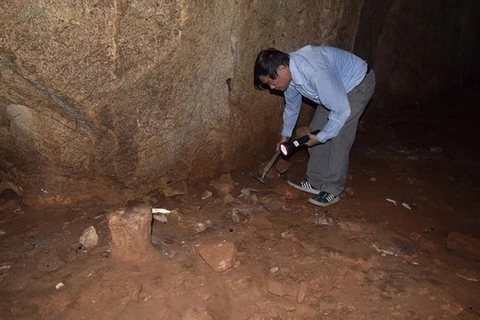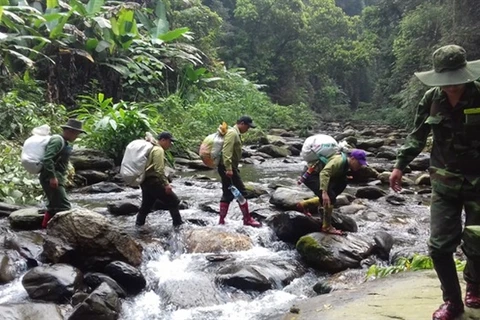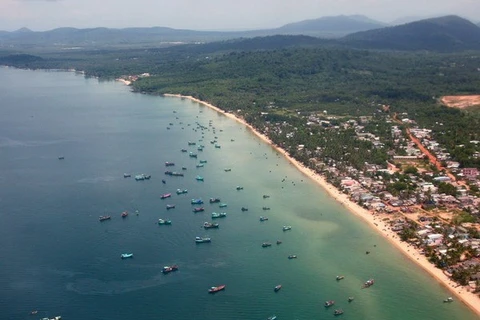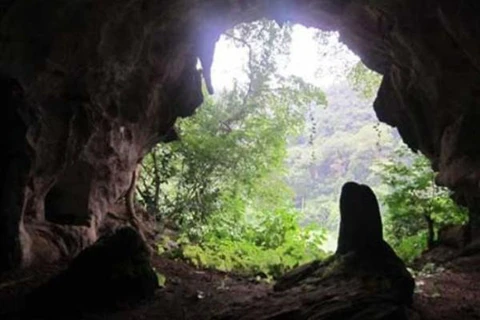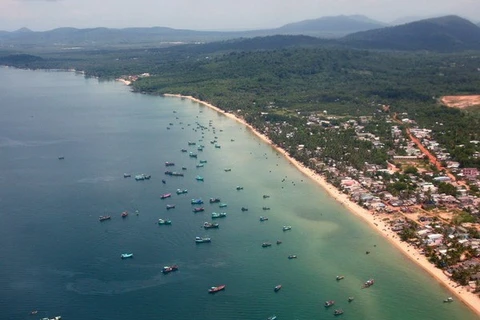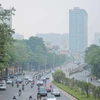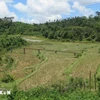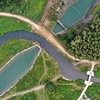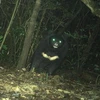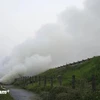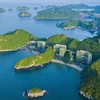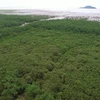Hanoi (VNA) – The Chu Mom Ray National Park is home to the largest primary forest area of the 94 special-use forests in Vietnam and Southeast Asia.
Located in Sa Thay and Ngoc Hoi districts of the Central Highlands province of Kon Tum, the national park was established on July 30, 2002 on the basis of the Chu Mom Ray nature reserve under the Prime Minister’s Decision No. 103/2002/QD-TTg.
The park accommodates the Ngoc Hoi Border Gate and is near Ho Chi Minh Road – the north-south artery that connects it with the whole Central Highlands and central regions of Vietnam.
The Chu Mom Ray National Park is adjacent to the Virachey National Park of Cambodia to the west and a nature reserve of Laos to the northwest, giving it considerable advantages to become an international-level conservation area.
With its core zone spreading 56,621ha, including 25,041ha of primary forest, and a 150,000ha buffer zone, the park is mainly covered with tropical semi-evergreen forest and thus, biologists consider it a “paradise” for flora and fauna species.
Chu Mom Ray boasts 270,000 plant species, 97 mammal species, 270 bird species, 69 reptile and amphibian species, and 19 freshwater fish species.
Among them, 78 are listed as rare species, and many are named in the Vietnam Red Data Book. Meanwhile, two are endemic to the south of Truong Son Mountain Range, 16 to Vietnam, and 29 to Indochina.
Dr Nguyen Ngoc Chinh from the forest protection and rural development project said if Chu Mom Ray is assessed according to biodiversity criteria, it can secure 33 out of the total 40 points, even higher than the Cuc Phuong, Ba Be and Yok Don National Parks.
Vietnam is one of the four Southeast Asian countries with a large number of endemic plant and animal species, many of which can be found in the Chu Mom Ray National Park.
Apart from rare plants like “giang huong” (Pterocarpus macrocarpus), “cam lai” (Dalbergia oliveri), “gu” (Sindora tonkinensis), “lat” (Chukrasia tabularis) and “cam xe” (Xylia xylocarpa), botanist Phan Ke Loc recently discovered several indigenous orchid species with a beautiful appearance and fragrance there.
The number of fauna species in this park is much higher than in other nature reserves and national parks in Vietnam.
Prof. Dang Huy Huynh, former Director of the Institute of Ecology and Biological Resources under the Vietnam Academy of Science and Technology, classified nine animal species in Chu Mom Ray as critically endangered, 145 endangered, and 57 vulnerable.
According to international scientists, this park harbours 15 mammal species endemic to Indochina.
 The Chu Mom Ray National Park is located in the T-junction of Indochina (Photo: Chu Mom Ray National Park)
The Chu Mom Ray National Park is located in the T-junction of Indochina (Photo: Chu Mom Ray National Park) Wild water buffalo (Bubalus arnee) were previously reported only in Nepal and India, but in 2000, Prof. Dang Huy Huynh and British animal expert Henshow proved its presence in Chu Mom Ray.
Meanwhile, the wild gaur, which is on the brink of extinction in the Malay Peninsula and suffering from a sharp decline in its population on Java Island in Indonesia, traces of this species appear in large numbers on pasture areas of Chu Mom Ray, showing that there are about 22 – 35 individuals there.
Some rare mammal species found in the park include elephants, tigers, leopards, jungle cats and red-shanked doucs. In particular, the continually reported traces of the kouprey in the southwest of Sa Thay district recently fueled world scientists’ hope of saving half of the global population of this animal, which is in danger of extinction.
Aside from those rich and precious natural resources, Chu Mom Ray is also blessed with poetic landscapes and serves as an important watershed forest area of the Yaly and Se San hydropower plants and some big rivers. Hot springs there also promise ideal destinations for visitors once setting foot in the park.
Located in the T-junction of Indochina, the national park has a great opportunity to benefit from Lower Mekong projects funded by international organisations so as to help conserve it as a “paradise” of rare animals as well as ecotourism./.
